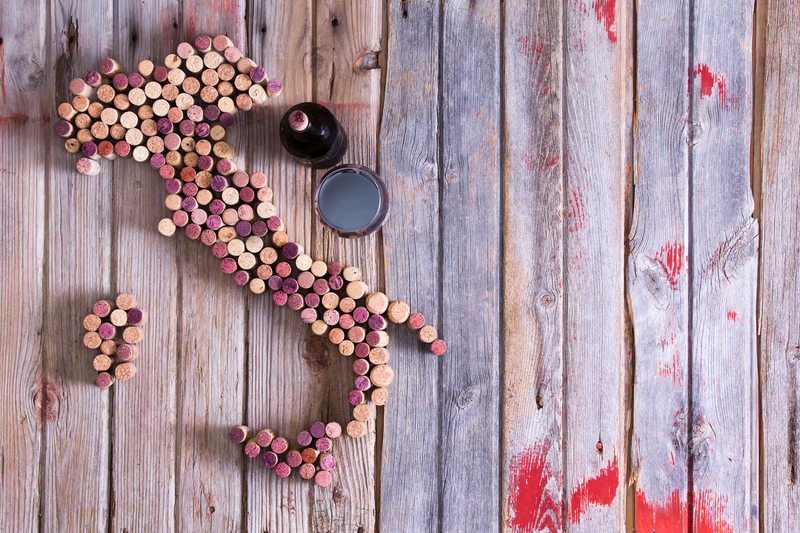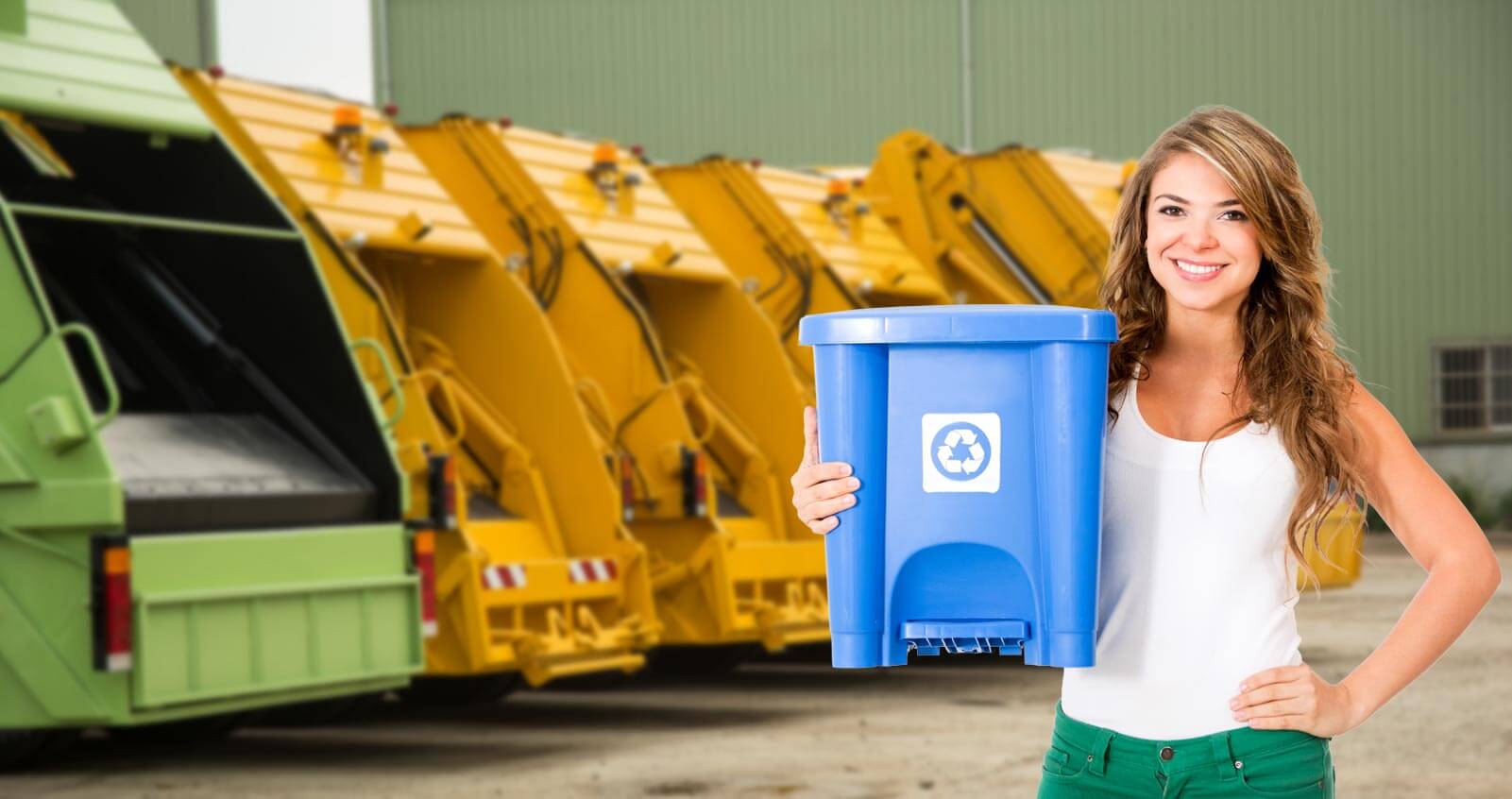Finding Beauty in the Most Unlikely Places: The Art of Waste Management
Posted on 16/06/2025
Waste management is a crucial aspect of our daily lives, but it is often overlooked and neglected. However, in recent years, there has been a growing movement towards finding beauty and creativity in the most unlikely places - even in waste management. This may seem like a paradox, but with the right approach, waste management can become an art form that not only benefits the environment but also adds aesthetic value to our surroundings. In this article, we will explore how waste management can be transformed into a beautiful and sustainable practice.
The Problem with Traditional Waste Management
Traditionally, waste management has been seen as a mundane and unpleasant task that involves simply collecting and disposing of trash. This linear approach results in the accumulation of large landfills that not only take up valuable space but also pose a threat to human health and the environment. Moreover, this system promotes a "throwaway culture", where people do not think twice before discarding items, leading to an endless cycle of waste production.

The Rise of Sustainable Waste Management
Fortunately, there has been a shift towards more sustainable waste management practices in recent years. Instead of merely disposing of waste, these approaches focus on reducing, reusing, and recycling materials to minimize their impact on the environment. This includes initiatives such as composting, upcycling, and zero waste living. By implementing these practices, we can significantly reduce the amount of waste sent to landfills while conserving natural resources.
Beauty in Waste: The Artistic Approach
The concept of finding beauty in waste may seem unusual to some, but it is gaining popularity as people realize the potential for creativity and innovation in this field. Artists around the world are using recycled materials to create stunning pieces of art that not only promote sustainability but also challenge societal perceptions about waste.
One prime example is the famous artist Von Wong who collaborated with Dell Technologies to create a massive installation made entirely of electronic waste. This project not only raised awareness about the growing issue of e-waste but also showcased the potential for beauty and creativity in repurposing trash. Similarly, artists have used plastic bottles to create sculptures, old tires to make furniture, and discarded clothes to design unique fashion pieces.
The Pros and Cons of Artistic Waste Management
Pros:
- Promotes sustainable practices
- Encourages creativity and innovation
- Raises awareness about waste management issues
- Reduces waste sent to landfills
- Adds aesthetic value to surroundings
Cons:
- Can be time-consuming and labor-intensive
- Requires specialized skills and techniques
- May not be financially feasible for some communities
- Could potentially lead to a disregard for proper waste disposal regulations
Tips for Incorporating Art into Waste Management
If you are looking to incorporate an artistic element into your waste management practices, here are a few tips to get you started:
1. Research local artists or organizations that specialize in creating art from recycled materials. They may be able to provide guidance or even collaborate with you on a project.
2. Get creative and think outside the box - any item can be repurposed into something beautiful with a little imagination.
3. Involve the community in your efforts by hosting workshops or events that promote the importance of sustainable waste management.
4. Don't be afraid to start small - even simple projects like painting or decorating trash bins can add aesthetic value to your surroundings.

Takeaways
The art of waste management goes beyond traditional methods of collecting and disposing of trash. By adopting sustainable practices and incorporating creativity, we can transform waste management into a beautiful and beneficial practice.
Some key takeaways from this article are:
- Sustainable waste management is crucial for the environment and our future.
- The traditional linear approach to waste management needs to be replaced with a more circular approach that focuses on reducing, reusing, and recycling.
- Art can be a powerful medium to raise awareness about waste management issues and promote sustainable practices.
Conclusion
In conclusion, finding beauty in the most unlikely places - even in waste management - is possible with the right mindset and approach. By incorporating creativity and innovation into our waste management practices, we can not only reduce our impact on the environment but also add aesthetic value to our surroundings. Let us embrace this art form and work towards a more beautiful and sustainable future for generations to come.




